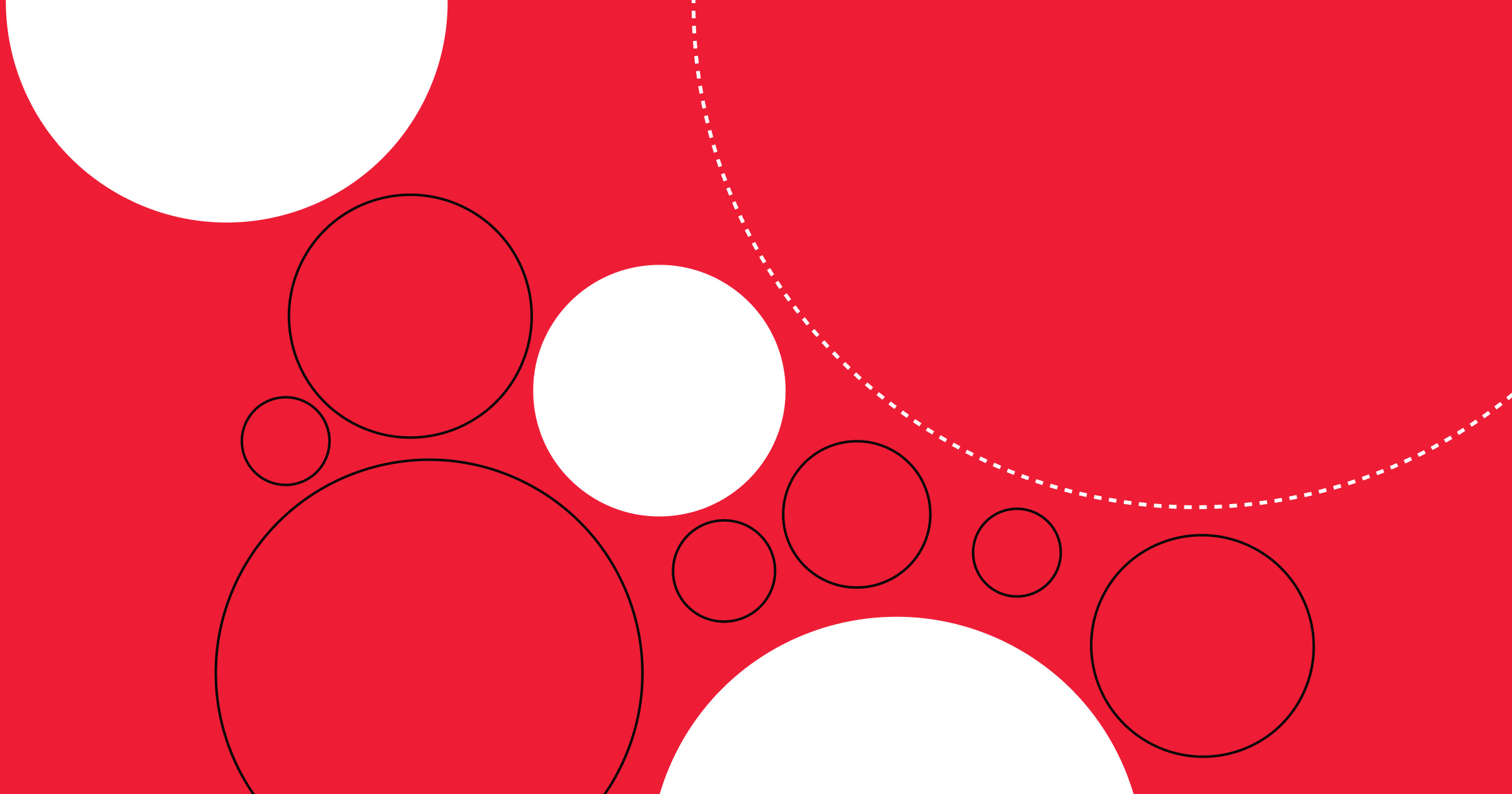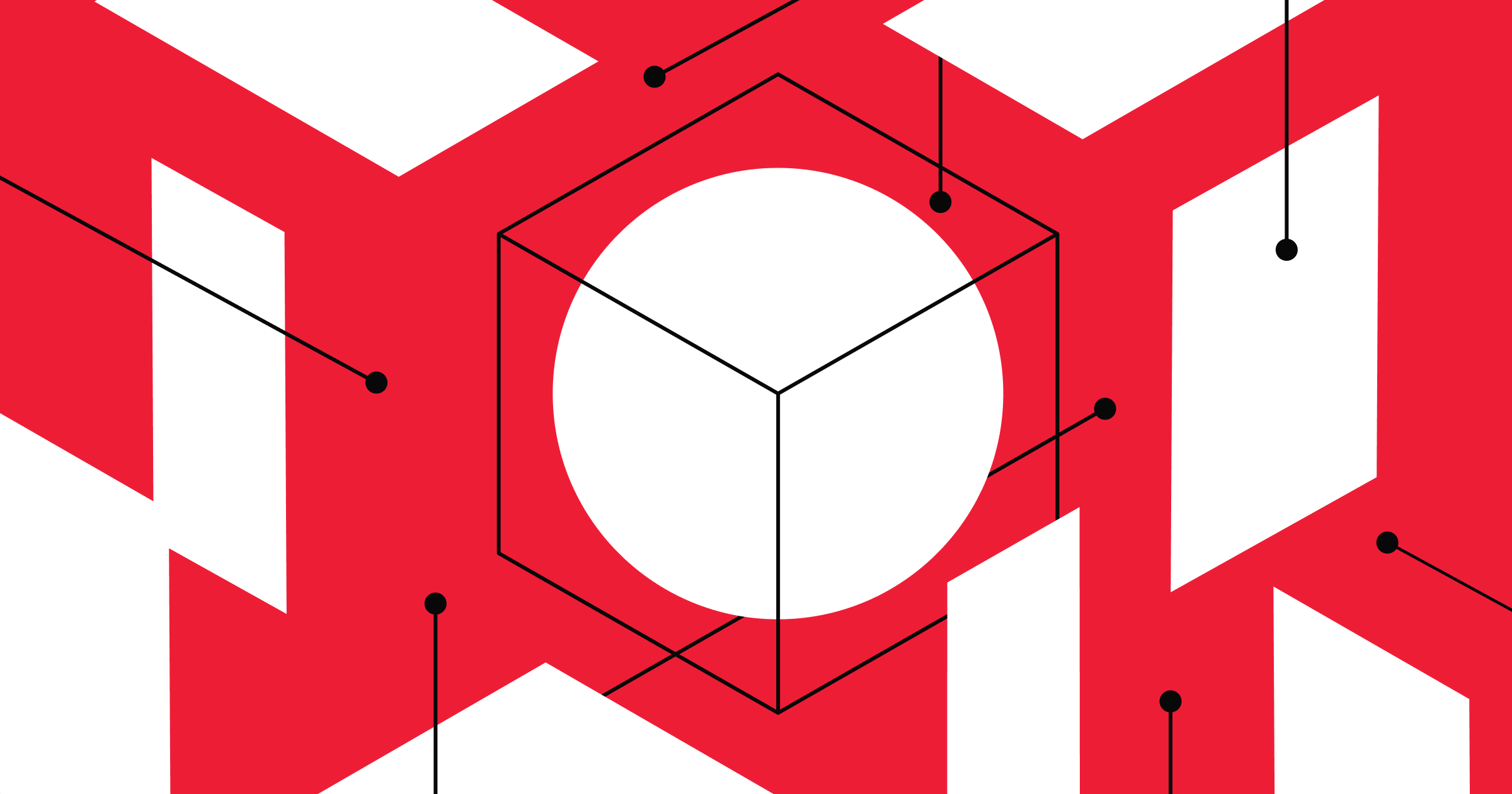Resource forecasting ensures you make the most of all available assets.
Delivering project success involves analyzing past data, prioritizing current requirements, and considering future timelines instead of making decisions along the way.
To accomplish this, you’ll need a strategic plan to optimize your resources and achieve your goals. Resource forecasting prepares you to tackle unforeseen challenges and pivot mid-project to stay on track. This proactivity reduces your team’s workload and positions them for maximum productivity and optimal results.
Read on for actionable tips and learn how to implement resource forecasting for your next project.
What’s resource forecasting in project management?
Resource forecasting is the process of predicting a project’s asset requirements. When forecasting, you estimate the personnel, equipment, time, and budget necessary to complete the initiative.
Proactively anticipating these needs lets you plan more effectively and avoid resource shortages or overallocation. By maximizing your available assets, you can ensure tasks are executed smoothly and projects stay on track.
How resource forecasting works: A step-by-step example
Say an enterprise is undergoing a website redesign. The project manager can use resource forecasting to ensure all contributors complete the project on time and within budget by considering these factors:
- Project scope and timeline. Start by defining the project’s deliverables and establishing a time frame. For example, marketing campaign and promotional assets must be created within 1-3 months (at which time the site must also be ready to launch).
- Historical data analysis. Review data from similar past projects to estimate the requirements for each phase, like market research, design, development, testing, feedback, and launch.
- Resource identification. Then, determine the resources needed based on the project’s scope, including:some text
- Personnel: Two user experience (UX) designers, three front-end developers, two back-end developers, a project manager, a quality assurance tester, and three marketing professionals.
- Resource forecasting tools: Licenses for design software, hardware equipment, change management tools, and marketing platforms.
- Budget: Project forecasting software costs, third-party vendor payments, and additional tools or services.
- Future requirements. After identifying current project needs, consider potential roadblocks or scope changes that might shift needs. For instance, the marketing phase might demand a higher budget for paid advertisements if initial campaigns underperform.
- Allocation and scheduling. Use your forecast to allocate resources efficiently by assigning tasks to ensure the schedule meets milestones without overwhelming team members.
- Monitoring and adapting. After kick-starting the project, continuously monitor resource use against the forecast and make adjustments as necessary.
By accurately forecasting the initiative’s needs and tactfully leading the team, you can avoid delays, stay within budget, and deliver high-quality outcomes on time.
Resource forecasting vs. resource planning
Forecasting and planning are closely related but separate processes. Resource forecasting involves predicting future needs based on historical data and current goals. It estimates the personnel, equipment, time, and budget required for a project.
Resource planning organizes these predictions into actionable steps. It involves allocating the necessary resources to ensure they're available when needed. The plan outlines how to use these resources to meet deadlines and stay within budget.
With project forecasting, you might identify a need for additional marketers during a campaign’s peak traffic phase. With a project plan, you’d assign specific tasks to the marketers, schedule their work, and ensure they have the necessary tools and support to complete their tasks.



















Scaling team collaboration
Learn practical insights on effectively scaling processes and enhancing workflows in this free webinar.
How to improve resource forecasting: 5 best practices
By following these best practices, you can optimize allocation, avoid bottlenecks, and drive project success. Here are five tips to effectively forecast.
1. Know your personnel resources
To make accurate predictions about your human resources, you must first understand what skills and expertise you can maximize. This involves assessing each team member’s skills, experience, and performance levels. Knowing who excels at specific tasks helps you better assign roles, improve productivity, and reduce learning curves and delays.
For example, if your team includes someone who excels in website development but is not as strong at creating graphic and visual assets, you can assign them website building tasks while delegating graphic design tasks to another member stronger in that area. This approach maximizes each person’s potential to ensure high-quality output from your team members.
2. Understand project requirements and address skill gaps
Successfully completing a project depends on meeting its skill requirements. Identifying these allows you to ensure your team has the necessary prowess. You’ll also know when to source additional expertise.
If a project calls for proficiency in data visualization tools like Google Analytics, for instance, you’ll verify whether any team member has prior experience and competence. If not, consider hiring freelancers or investing in upskilling current members through training programs.
3. Learn from past successes and failures
Examine previous projects to improve future forecasting. By identifying what worked and what didn’t, you can refine your approach to avoid past mistakes and repeat successful strategies.
For instance, if a previous marketing campaign experienced delays due to misjudged budgets, you can adjust forecasts to allocate more time and funds to future projects. A proactive adjustment helps you set realistic timelines without overburdening team members or facing resource shortages.
4. Directly communicate with stakeholders
Engage stakeholders regularly and update them on project progress, challenges, and requirements. Being transparent and aligning stakeholders allows you to promptly address issues and consider multiple perspectives for informed operational decisions.
If a project is falling behind schedule, for example, you can immediately alert stakeholders like executives and team members and discuss potential solutions, such as reallocating resources or adjusting the project scope. Open dialogue ensures all parties know the current situation and can contribute to resolving issues.
5. Plan effective resource allocation
Allocating assets effectively involves linking them to tasks based on availability and project priorities. This means the most critical tasks receive attention, and it helps prevent overallocation and burnout.
For example, in an enterprise-level website redesign, you might allocate back-end development resources to the most experienced developers to ensure site functionality. You can assign less urgent tasks, like content updates, to team members with less experience.
Proactively forecast and plan with Webflow
Resource forecasting is a key element under the umbrella of enterprise performance management. It helps your team weather the hurdles and maximize assets for successful project outcomes.
With Webflow Enterprise, you can elevate your business by accessing best-in-class design features, plus onboarding training and support to manage your project lifecycle from start to finish. You’ll improve cross-functional collaboration, manage site content, and streamline your business processes.
Take the next step toward project success with Webflow today.

Webflow Enterprise
Trusted by over 300,000 of the world’s leading brands, Webflow Enterprise empowers your team to visually build, manage, and optimize sophisticated web experiences at scale — all backed by enterprise-grade security.































